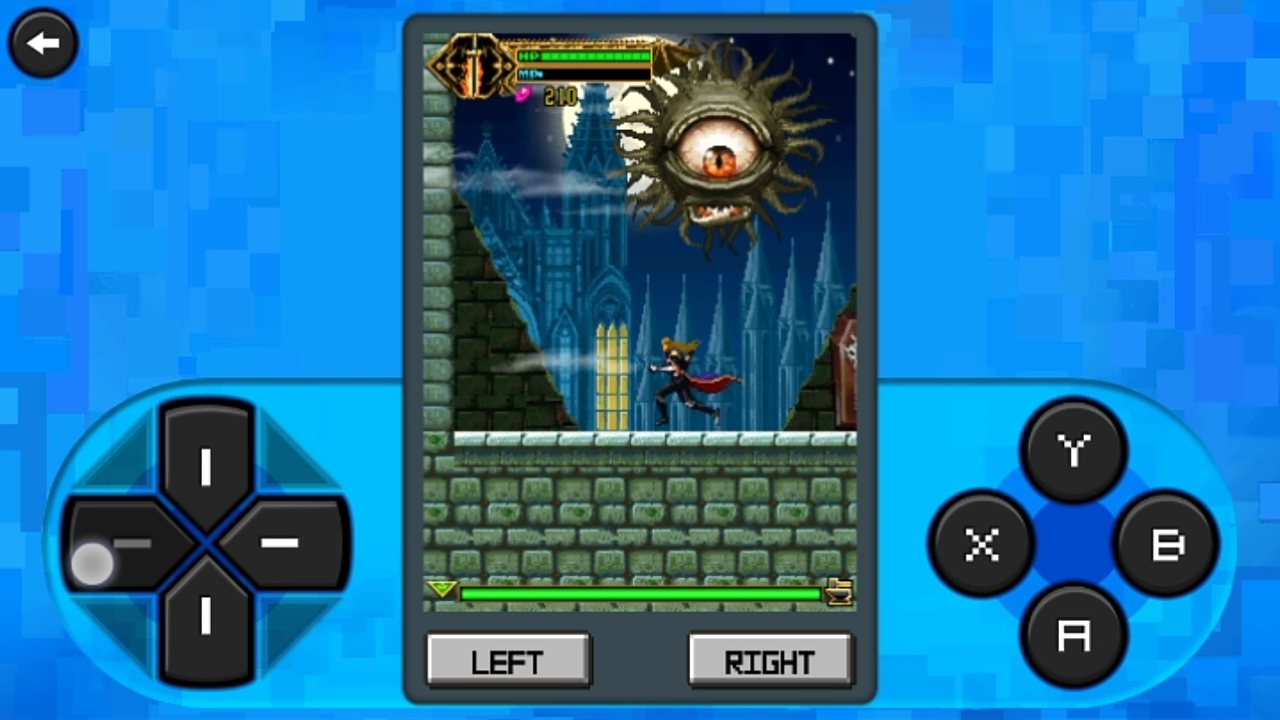

Use of the software is more trouble than it is worth, and because of this, Adobe recently announced that it will end updates and distribution of the flash player at the end of 2020. If you have an iPhone, you won't be able to use anything that has Flash in it as none of the devices support it due to the repeated security issues and because it isn't really open sourced. Flash supports the use of local shared objects which, like cookies, store user data and can be potentially problematic if a lot of web browsing information is compiled over time.ĭue to the amount of moving parts, playing games or using software that has Flash will drain your device battery significantly, which is a hassle since it's not good to constantly have your devices plugged into a charger will in use.
#JAVA PLAY SOUND HOW TO#
To this day, a lot of animators still use Flash in their animation software because it is simple to learn how to use.Īlthough Flash Player was the backbone of the internet, due to a lot of privacy and security concerns most users have moved away from using it. YouTube, the most popular video sharing website around, was one of the many websites that used to be powered by Flash Player.

Once embedded into a website's GUI, it morphed the site from flat into exciting and interactive.
#JAVA PLAY SOUND FREE#
When it was first released, the browser plugin was free so it was incorporated into a lot of web browsers. This meant that loading times for games and other software that needed Flash to run were shorter.

There are a number of reasons that Flash Player was so popular, one being that flash files were very small. It works by running content from SWF files, which is an Adobe specific file format for multimedia and animations. The software is a runtime, or a system that describes the library that coding language runs on. At one point, the software was required to run most interactive applications on the internet. In its prime, Flash Player was a must-have. Outdated, unsafe software has met its end-of-life I hate to suggest a library after you mentioned that you want to make your own, but Tiny Sound is a really good, lightweight library that gives you efficient use of sound effects without the need to spend months learning how to create data lines, convert audio files to byte arrays and all of the other low level stuff that you need to know to create a game-quality sound system.Software to view multimedia has long been surpassed by competitors The sound is the only aspect of a basic engine that I haven’t mastered myself so it would be good to hear if someone else has a good resource or method. You also need determine if the sound you are looking to play should be loaded into RAM for quick access (small, commonly used sound effects) or streamed from storage (large, background music files) and each one of these methods is coded using different data lines. Unfortunately the Java Sound API is very low level, there is a chapter in a textbook called Fundamental 2D Game Programming with Java that covers making your own sound library and it was mighty complicated requiring an in-depth understanding of multi-threading (using thread pools and locks) and you have to be careful to dispose of all of the resources that you create.
#JAVA PLAY SOUND CODE#
That code is good for playing small amounts of sounds in applications but you might find that it is no good for games because once you need to repeat sounds successively it can become quite buggy where you begin to hear audible popping noises and there are pauses before the next loop begins (this is what happened for me at least).


 0 kommentar(er)
0 kommentar(er)
